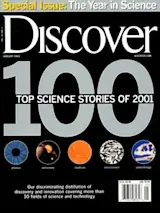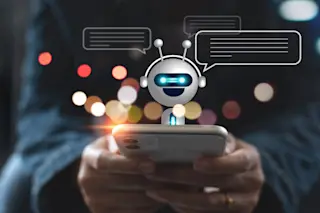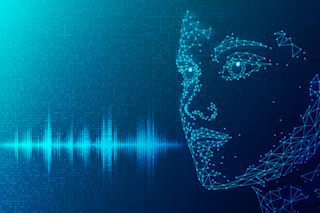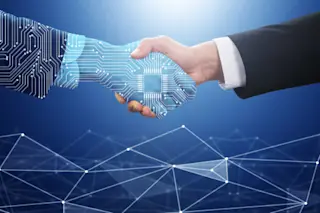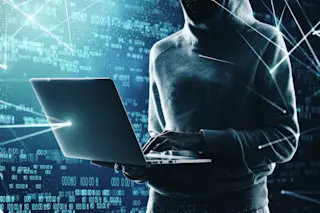Every appliance, from your toaster to your laptop computer, relies on a single aspect of subatomic physics: the negative charge of the electron. Charge is what makes electrical current flow through a maze of wires to do useful things, such as activating a heating element or encoding data. But another property of the electron, called spin, could greatly expand the particle's usefulness. Moving far beyond today's electronics, the emerging technology of spintronics may soon make it possible to store movies on a PalmPilot or build a radical new kind of computer.
The principle behind this trickery is deceptively simple. Ignoring for a moment the weirdness of the quantum world, the electron can be thought of as a tiny rotating bar magnet with two possible orientations: spin-up or spin-down. Engineers can distinguish between spin-up and spin-down electrons by the corresponding orientation of their magnetic fields, north-up or north-down. Conversely, a properly ...


